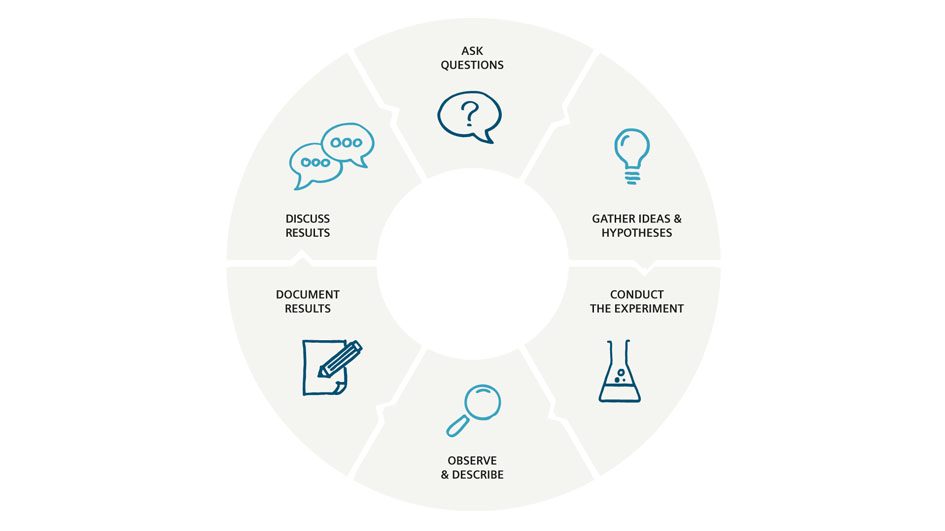My story is about me when I first became a high school history teacher and struggled to engage my students and add rigor to my curriculum. I thought making the content easier, such as reviewing the answers before the test, taking only participation grades, and using knowledge and understanding types of questions, would make my students enjoy my class and do well on the campus common assessments. My students did not take me seriously, and they consistently did poorly on their assessments. The lack of rigor and high order thinking started to spill over to my classroom management. I was overwhelmed and was ready to leave education. Looking back, I became the educator that I am today by reflecting on my skills and pursuing my own professional development opportunities. I knew from the beginning that one of the instructional skills I wanted to improve on was developing my students critical thinking skills through inquiry-based learning.
In my district, they have consistently been a demand for professional learning centered on increasing rigor and effective questioning in the classroom. After the 2016 election, the Stanford History Education Group released a study that showed students from elementary to college were not good at evaluating the credibility of what they see and read online (Wineburg et al., 2016). In another study, 44% of senior executives indicated skills such as the 4 C’s (communication, critical thinking, creativity, and collaboration) as the areas with the most significant gap from the incoming workforce (PR Newswire, 2013). In social studies, a reoccurring TEK is for students to understand how historians use historiography to interpret the past and how to apply critical-thinking skills to organize and use information acquired from a variety of valid sources, including technology. Our students are expected to analyze primary and secondary sources, apply the process of historical inquiry to research, interpret, and use multiple types of sources of evidence, evaluate the validity of a source, and identify bias and support with historical evidence a point of view on a social studies issue or event.
We can improve our students critical thinking skills, a skill that is essential for students to be successful in social studies, through inquiry-based learning. Using this instructional approach allows students’ own interest and curiosities drive the learning process (Owens et al., 2002). With inquiry-based learning, students will be able to apply their newly gained knowledge in a new context and use it to solve problems or enhance their creativity. After researching in dept about this topic, I found that technology can be utilized to enhance critical thinking with students by having them work collaboratively to solve problems, engage in inquiry-based learning, research a topic of interest, and communicate with their peers in various disciplines (Owens et al., 2002). And one of the tools that I have found to promote student communication, critical thinking, creativity, and collaboration was G Suite for Education.
a call to action
Our focus our district should be to teach students 21st century learning skills and knowledge, including critical thinking. Employers are demanding future employees with critical thinking and problem-solving, creativity, self-direction, adaptability, collaboration, and communication skills (Cavanagh et al., 2006). My call to action is to create an alternative professional learning that is inquiry-based where teachers, known as learners, could experience inquiry-based learning in action and then later apply these strategies overtime in the classroom.
Over the course of a semester, teachers will work their content group to discuss and model what inquire based learnings looks like and how it can be implemented effectively in the classroom. Teachers will propose a question about an inquiry-based strategy to use in their classrooms, such as the question formulation technique. Teachers will then work collaboratively with each other to research and devise a plan of action to implement these strategies. Throughout the semester teachers will observe each other and provide effective feedback. They will use this feedback to reflect, adjust, and formulate new questions based on the knowledge they gained. It is important for teachers to research and test out these theories, and they should also be encouraged to share their results and reflections.
inquiry-based professional learning outline
My professional learning plan consists of five stages. Click on the following stages below to learn more.
References
Wolpert-Gawron, H. (2016, August 11). What the heck is inquiry-based learning? Edutopia. https://www.edutopia.org/blog/what-heck-inquiry-based-learning-heather-wolpert-gawron
share this:




Be the first to reply